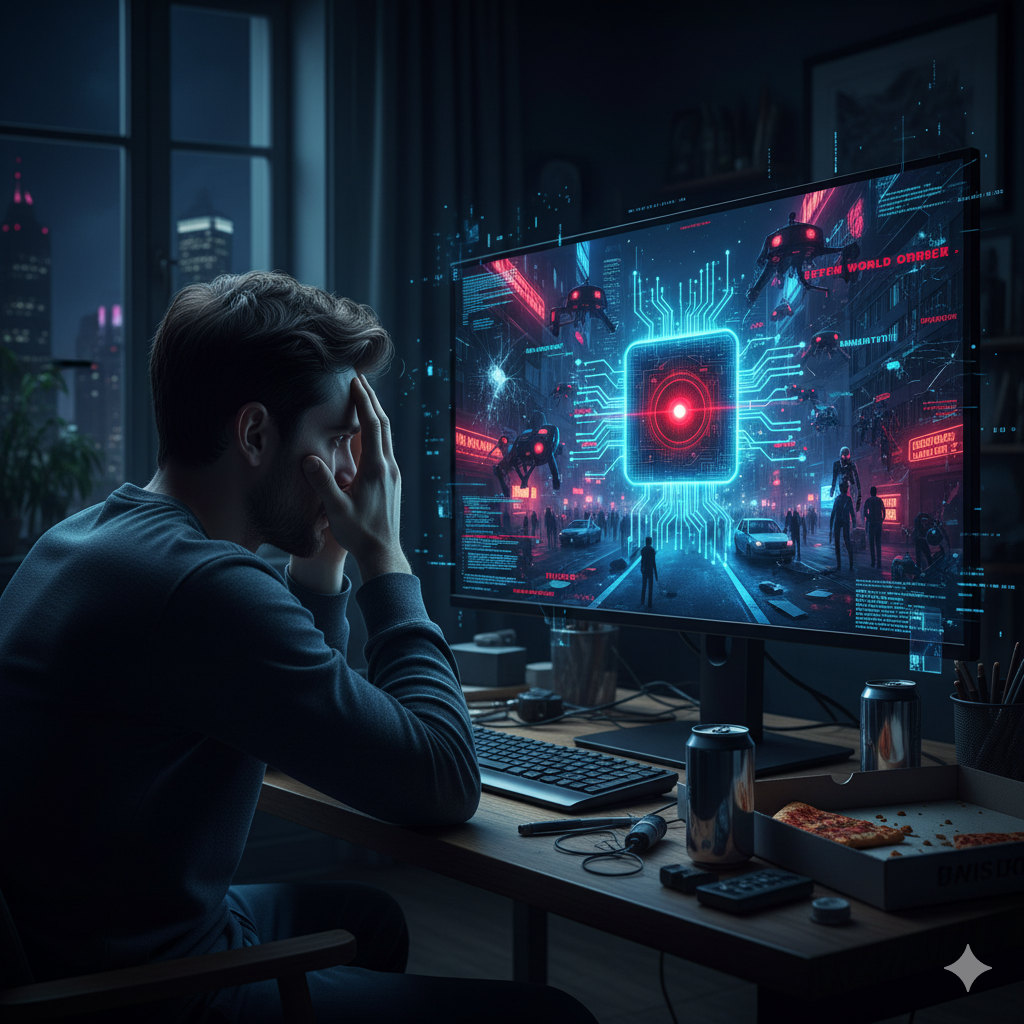Artificial Intelligence in Twenty Years, a Novice’s View
February 15, 2025 | by Floyd A. Brown

Two inventors recently won the Pulitzer Prize in Physics for their contributions to the development of Neural Networks which led to the Natural Language Processing, Deep Learning, and other branches in the explosive growth of AI. Physicists are outraged as there is no Pulitzer for work in Computer Science. Such is the disruptive power of Artificial Intelligence technology, upending society, daily lives, the workforce and now compelling the 123-year-old Pulitzer to break tradition, usurp the traditional sciences and commit a historical anomaly in picking an area of research outside of its charter to honor. AI is forging a blazing way into the future, one that has splintered along divisional paths, like fractals, with powerful transformation of all it encounters in our lives today on how we use technology, work, govern, communicate, trade, educate, research, learn. As the Pulitzer Prize committee stated “…John J. Hopfield and Geoffrey E. Hinton “showed a completely new way for us to use computers,” (Taylor, 2024). AI is so impactful that it will show us new ways to use computers in our lives, every year, for the next 20 years and beyond.
AI is currently driving the number of new patents awarded. AI enjoys wide adoption across public and private sectors. Over the next 20 years the grave concern of “…potential for massive labor displacement—to what degree will jobs be automated versus augmented by AI” will continue unabated as AI has already surpassed human capability in benchmarks for image classification, natural language inference and visual reasoning. (Stanford University, 2024). Unless more AI companies adopt and standardize moral frameworks for ethical practices and privacy protection in AI, we will have unauthorized use of data to train AI as in copyright material such as New York Times Content (Grynbaum & Mac, 2023), bias output. AI companies and organizations are concerned with the risks of ethics and privacy violations in Data Analytics. As such, we will see a trend towards leveraging tools that score AI systems on these rights. Leading developers for these tools include DecodingTrust, which evaluates AI on metrics for bias and TruthfulQA which assesses the truthfulness of Large Language Models in their responses. (Stanford, 2024).
It is difficult to visualize the impact and application of Artificial Intelligence over the next 20 years but based on trends so far it is safe to say it will diffuse across society. Investments in AI have grown eight times over the past year and the sector will continue to attract massive investments for the promise of efficiency and capabilities it holds in advancing medicine and scientific research. The diverse types of AI Artificial Narrow AI exist now and give us unimaginable displays of machine intelligence that have already bested the best human players in the most complex games like Chess and Go while displaying great utility in medical applications by diagnosing disease in tissue images.
If we can put next generation of AI in practice, General AI, it will be able to learn without human intervention and able to perform all tasks that a human can. It’s possible we may even achieve Super AI in the next twenty years where “…Super AI would think, reason, learn, make judgements and possess cognitive abilities that surpass those of human beings… human sentiments and experiences to feel emotions, have needs and possess beliefs and desires of their own.”
While it is difficult to predict all the benefits that AI will bring, it will continue to adversely affect the balance of power and economy in the world. Rich nations will continue to scale their economies with the ability to place greater investment in AI. Poorer nations will see the divide even as AI technology diffuses around the world and absorbs across societies. It will be a major challenge in all regions to safely and ethically integrate Artificial Intelligence that promises to be both promising as salves to society’s greatest challenges or catalyst to its destruction similar to the power of nuclear energy in its promise to be wielded for good in energy production or destruction in the form of nuclear weapons.
References
Grynbaum, M., & Mac, R. (2023, December 27). The Times Sues OpenAI and Microsoft Over A.I. Use of Copyrighted Work. The New York Times – Breaking News, US News, World News and Videos. https://www.nytimes.com/2023/12/27/business/media/new-york-times-open-ai-microsoft-lawsuit.html
IBM. (2023, October 12). Understanding the Different Types of Artificial Intelligence.
https://www.ibm.com/think/topics/artificial-intelligence-types
Stanford University. (2024). Artificial intelligence Index Report 2024. Artificial Intelligence Index. https://aiindex.stanford.edu/report/Links to an external site.
Taylor, D. B., Metz, C., & Miller, K. (2024, October 8). Nobel Physics Prize Awarded for Pioneering A.I. Research by 2 Scientists. The New York Times. https://www.nytimes.com/2024/10/08/science/nobel-prize-physics.htmlLinks to an external site.
RELATED POSTS
View all


